Quantitative Methods: Analyzing Confidence Intervals and Hypothesis
VerifiedAdded on 2023/06/05
|6
|525
|231
Homework Assignment
AI Summary
This assignment solution covers key concepts in quantitative methods, including the calculation and interpretation of confidence intervals and hypothesis testing. It begins with calculating a 95% confidence interval for a given dataset and then conducts a hypothesis test to determine if standard wine bottles contain an average of 750 ml. The solution also discusses the selection and appropriate use of different statistical estimators, considering scenarios where data may not be normally distributed. Part B consists of multiple-choice questions on related statistical concepts, providing a comprehensive overview of the topics. Desklib offers this assignment and many more to help students excel.
1 out of 6
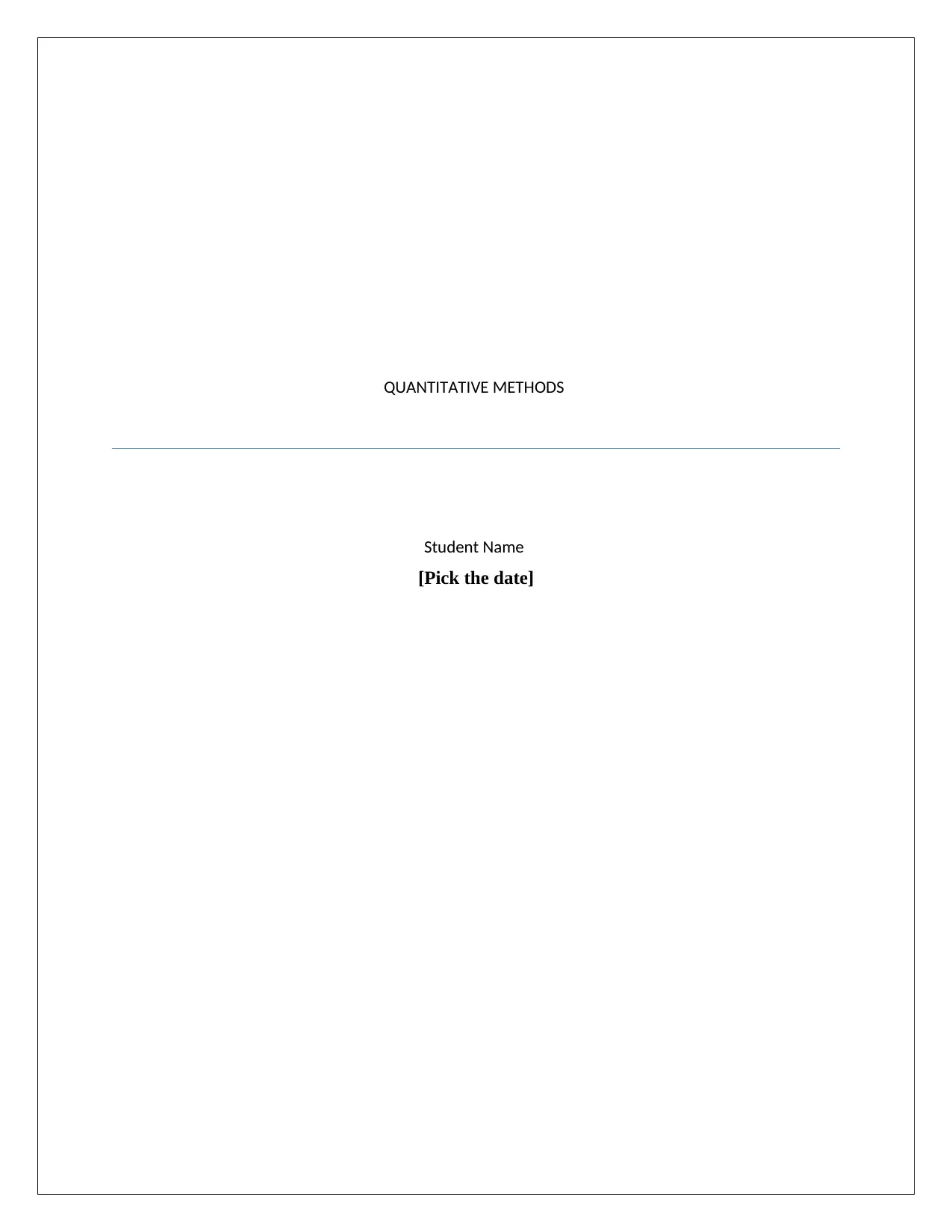
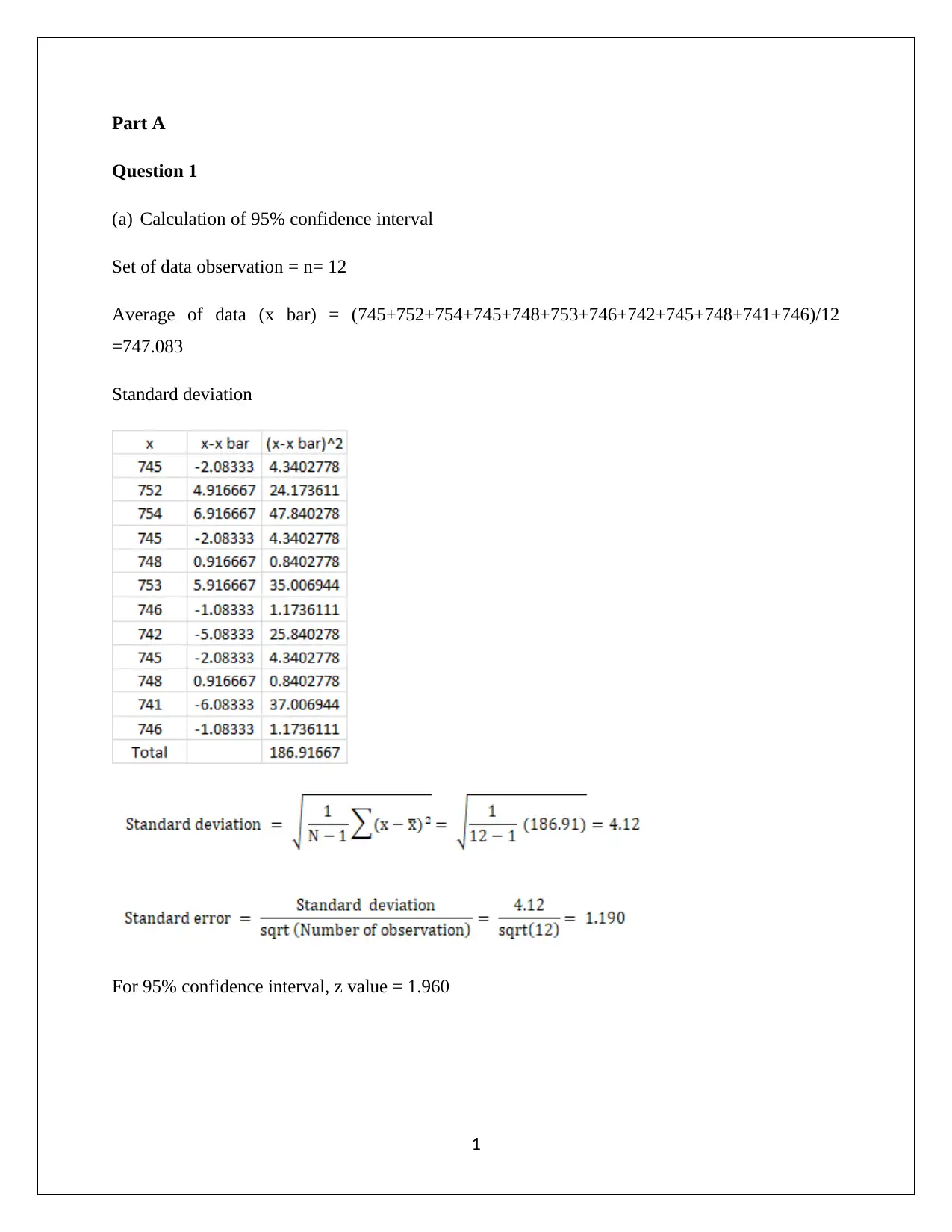
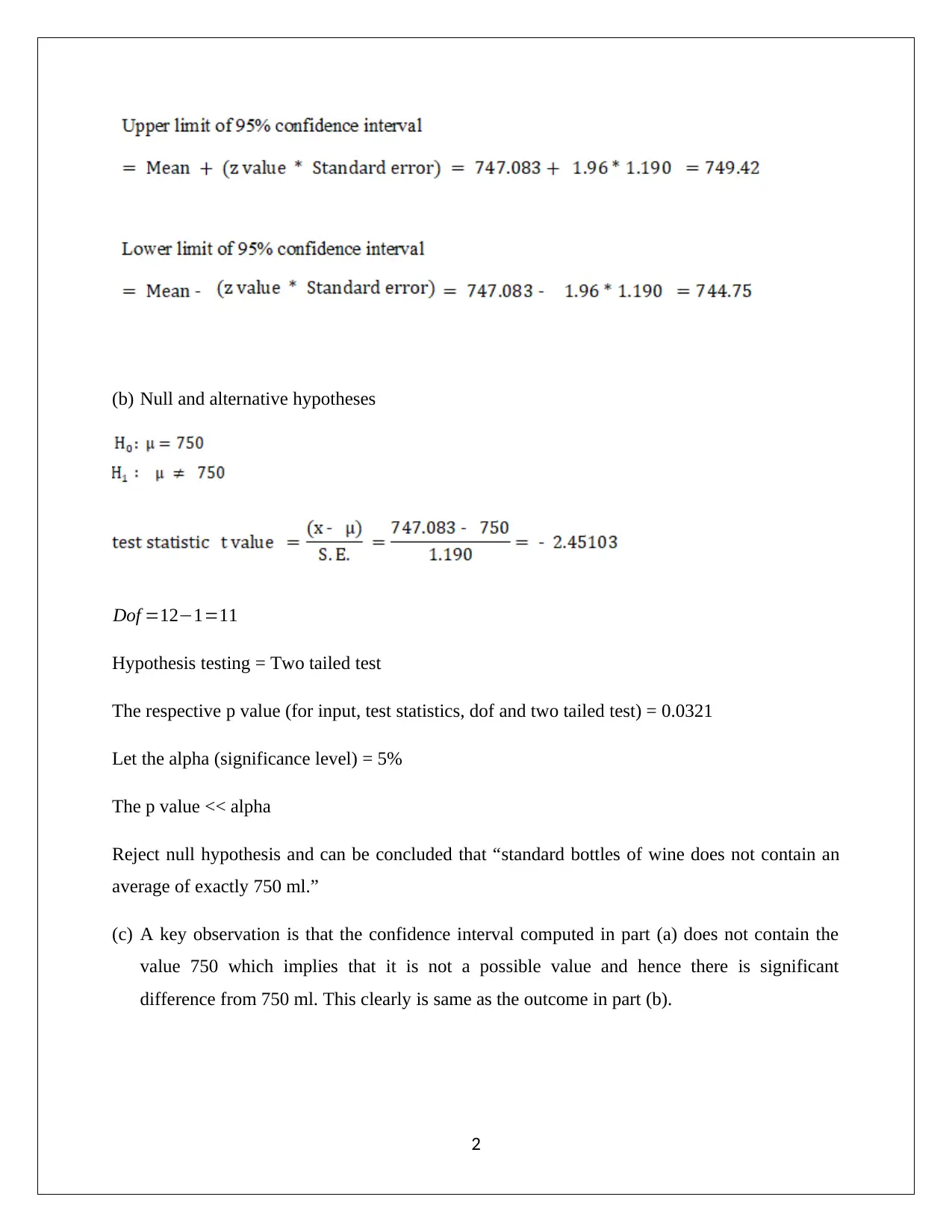

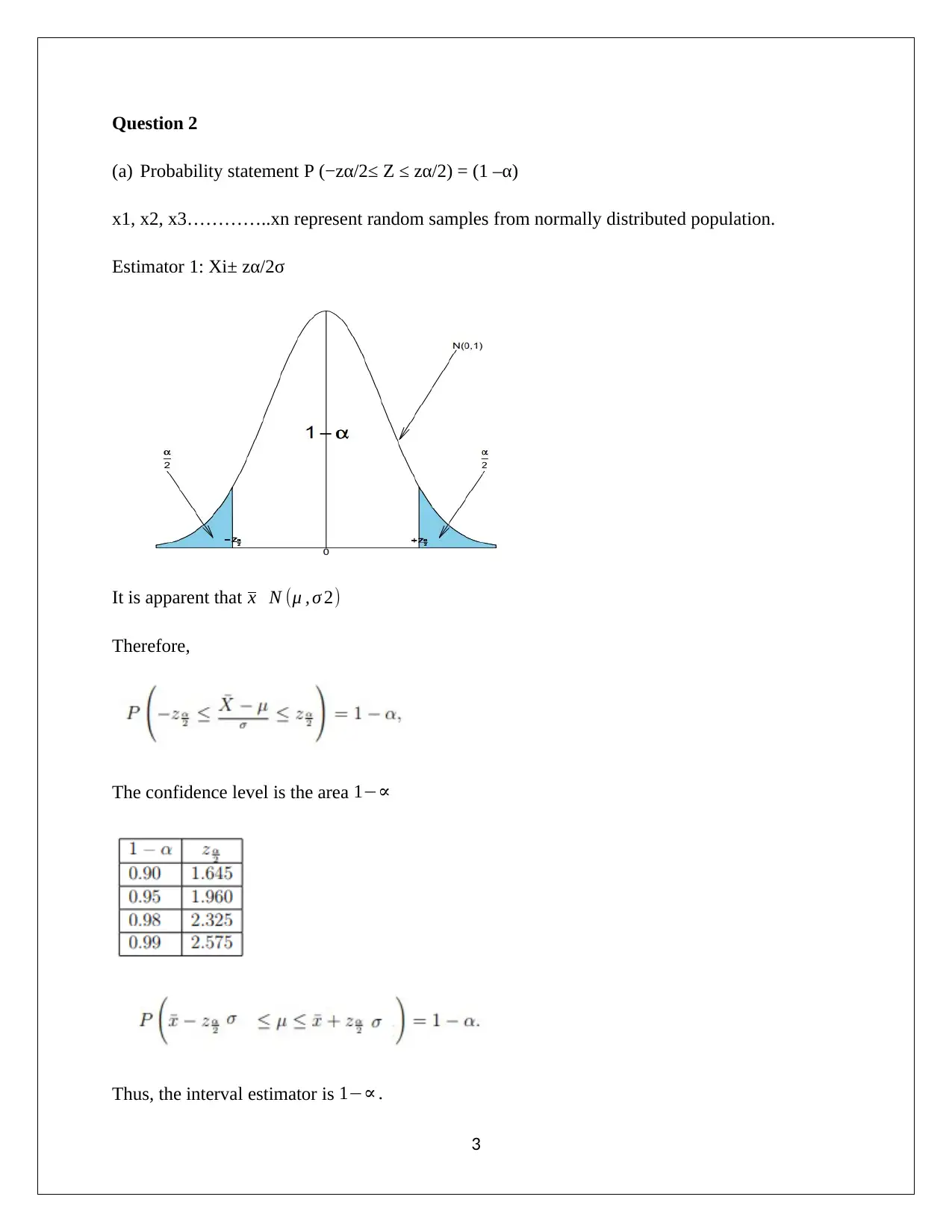
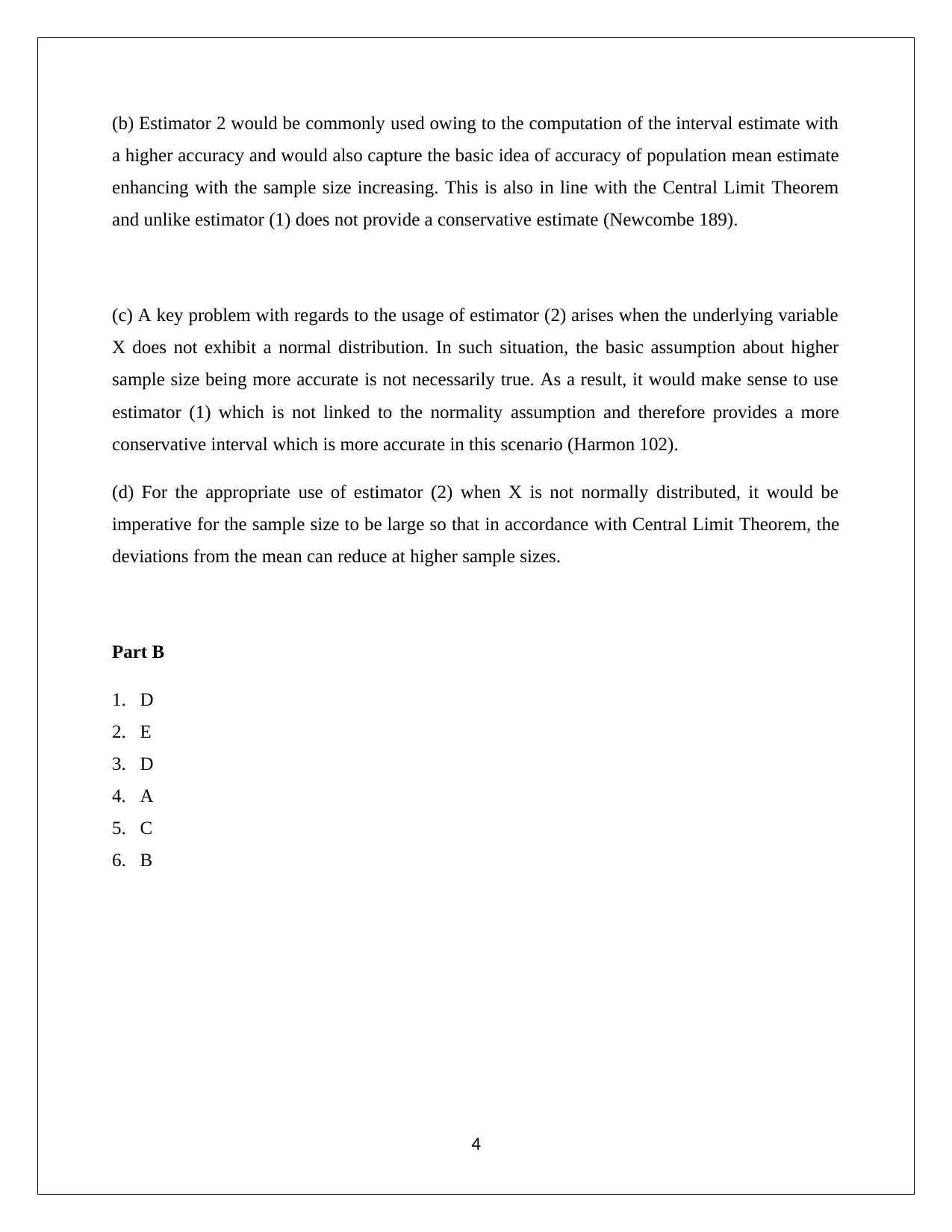
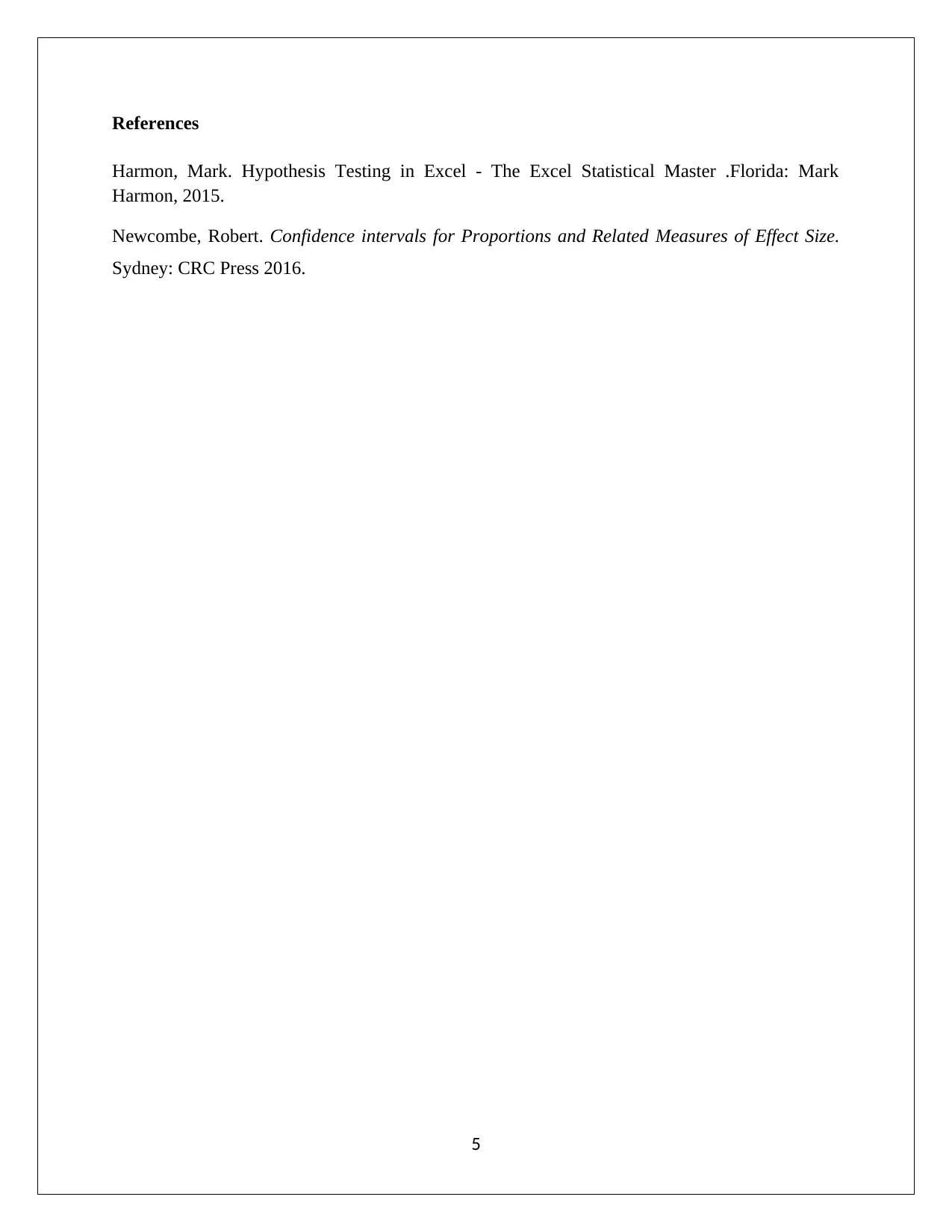





![[object Object]](/_next/static/media/star-bottom.7253800d.svg)